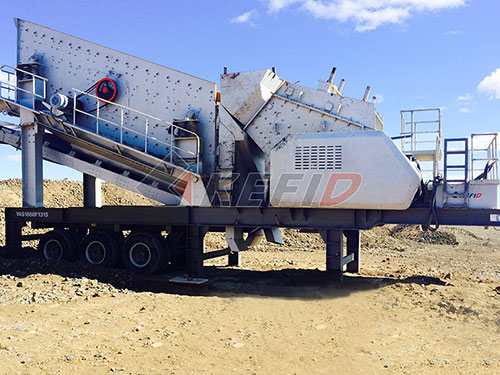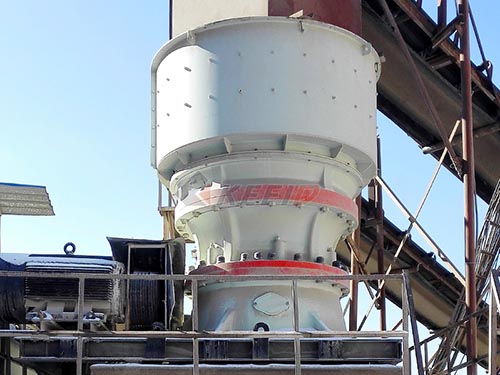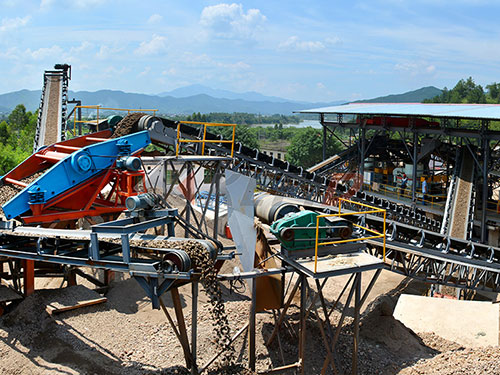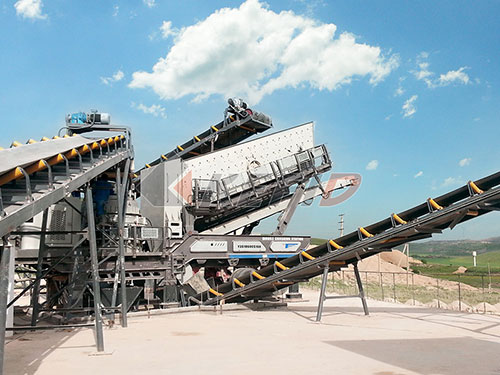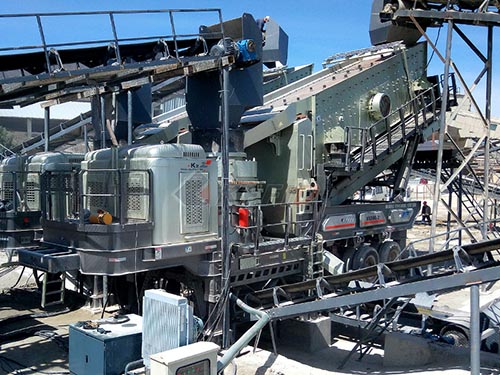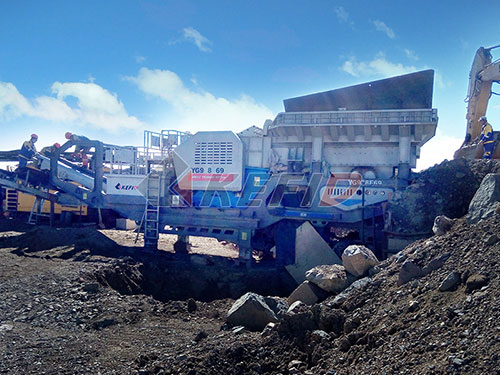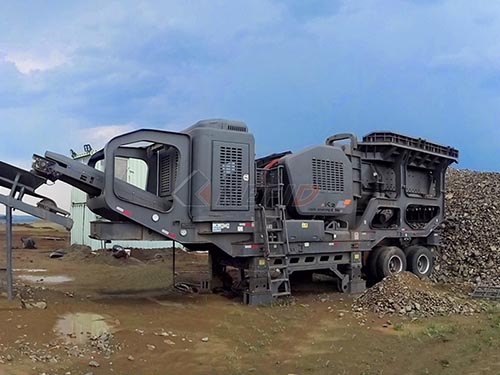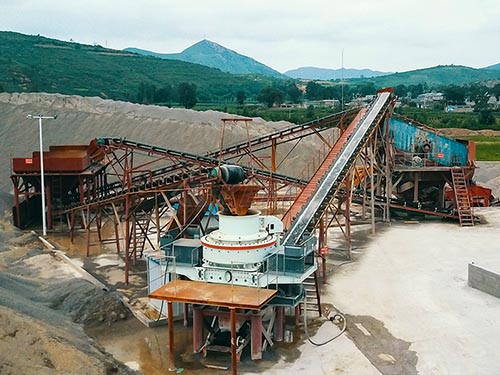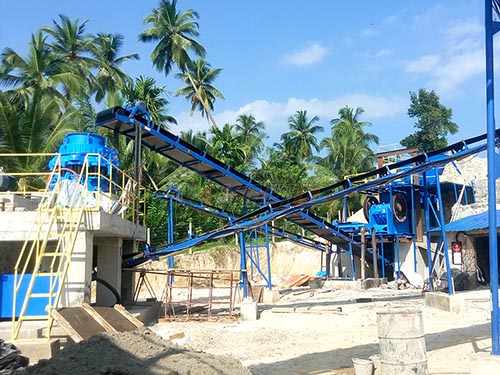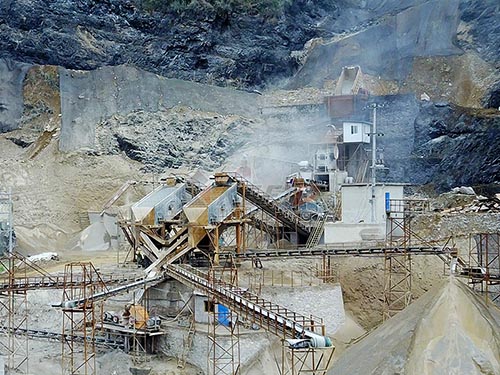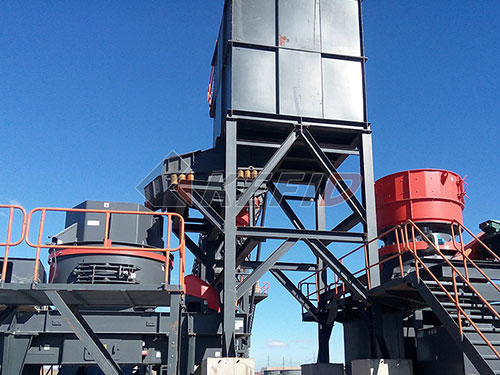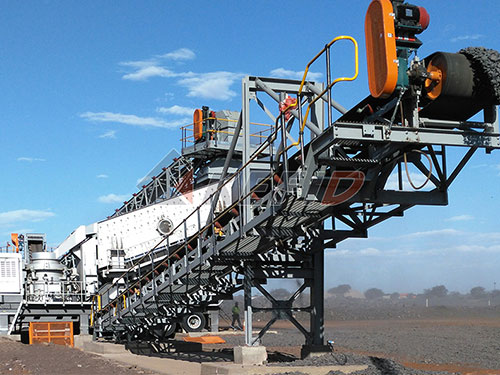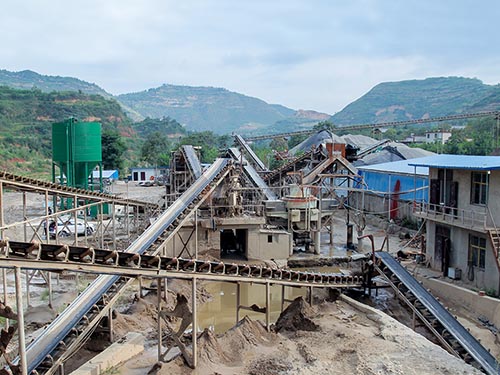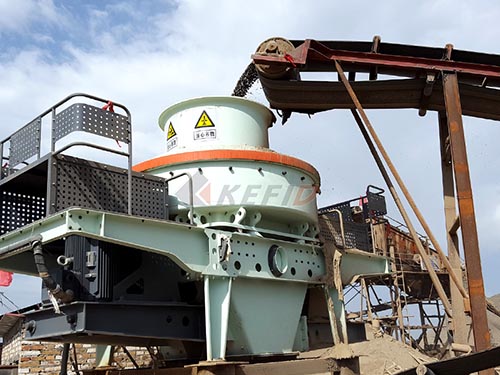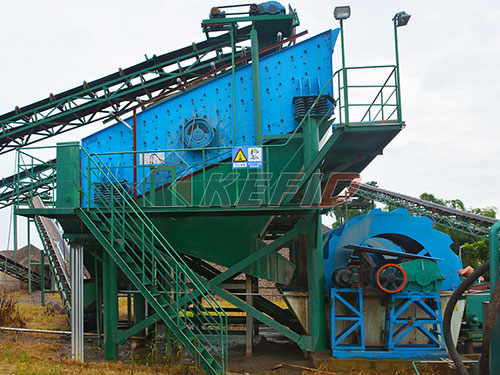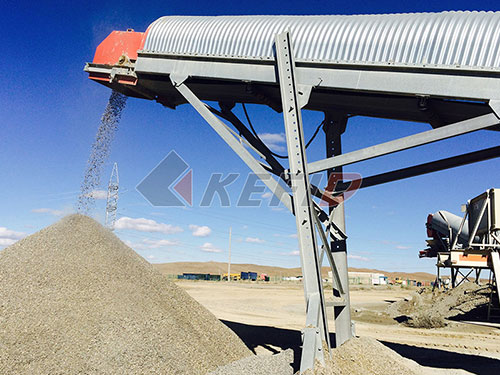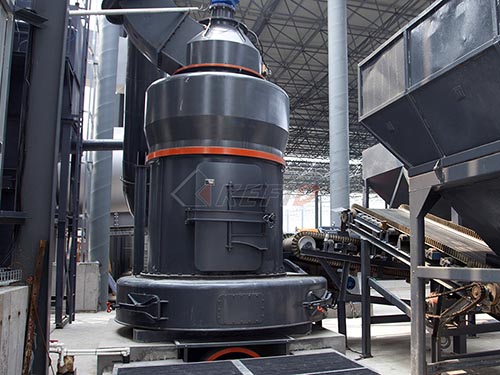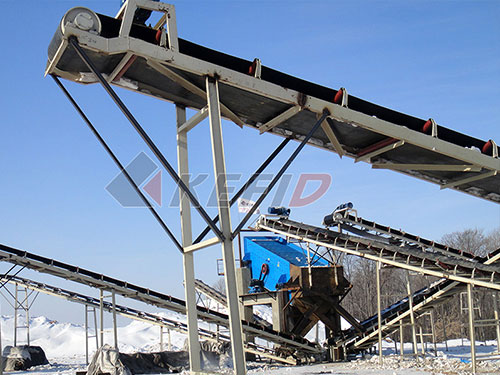Crushed Stone Sizes: The Unsung Heroes of Hoover Dam’s Immensity
When we marvel at the colossal Hoover Dam, our gaze naturally drifts upwards – towards its towering curved wall, the vast reservoir it holds back, or the intricate art deco details adorning its crest. Yet, beneath this iconic structure lies a fundamental truth: Hoover Dam is fundamentally built of rock. Specifically, millions upon millions of tons of meticulously sized and graded crushed stone were the essential skeleton within its massive concrete pour. Understanding these crushed stone sizes reveals the hidden engineering brilliance behind one of humanity’s greatest infrastructure achievements.
The Scale Demands Precision
Constructed during the Great Depression (1931-1936), Hoover Dam required an unprecedented volume of concrete – roughly 4.36 million cubic yards. To achieve the necessary strength and durability while managing heat generation during curing (a critical factor for such a massive pour), engineers relied heavily on aggregate – sand, gravel, and crushed stone – making up about 75% of the concrete’s volume by weight.
Local sources near Black Canyon provided most of this aggregate. Massive rock quarries were established nearby, primarily from Arizona basalt and Nevada limestone/andesite formations. The rock wasn’t just dumped in; it was systematically crushed, screened, and sorted into specific size fractions.
The Critical Role of Gradation at Hoover
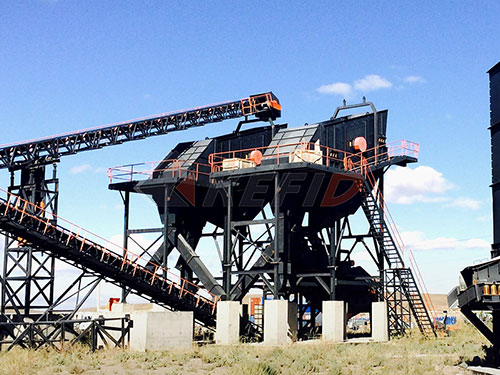
The dam’s designers understood that optimal concrete performance depended on using a well-graded blend of aggregate sizes:
1. Coarse Aggregate (Larger Stones): Typically ranging from 3/4 inch (19mm) up to 6 inches (150mm) or even larger for specific applications like riprap.
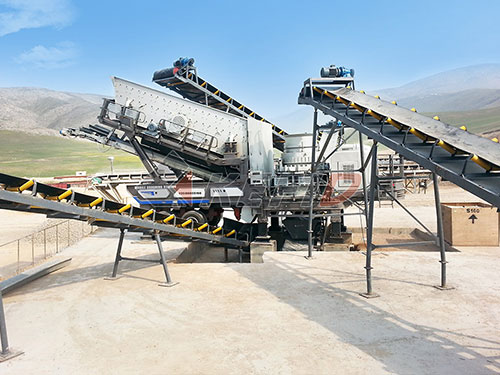
Primary Function: Provided structural bulk and strength.
Hoover Application: Formed the main framework within the concrete matrix poured into enormous blocks.
Specific Sizes: Significant quantities included stones sized 1.5″, 3″, and 6″. Extremely large stones (“plums”) up to 9 inches were strategically placed in some interior sections to reduce heat generation from cement hydration.
2. Fine Aggregate (Sand & Small Crushed Stone): Particles passing through screens down to very fine material (typically smaller than 3/8 inch / 9.5mm).
Primary Function: Filled voids between coarse aggregate particles, creating a dense matrix and improving workability.
Hoover Application: Essential for achieving pumpable
